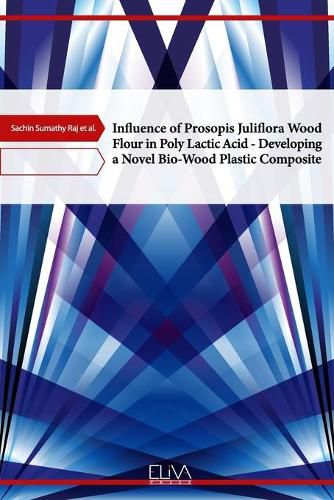Readings Newsletter
Become a Readings Member to make your shopping experience even easier.
Sign in or sign up for free!
You’re not far away from qualifying for FREE standard shipping within Australia
You’ve qualified for FREE standard shipping within Australia
The cart is loading…






A Bio composite comprising Prosopis Juliflora Fiber (PJF) and Poly Lactic Acid (PLA) was processed considering two particulate sized reinforcements, coarse PJF (avg. 15 m) and fine PJF (10-50 nm). They were added individually at ratios of 10, 15, 20 and 25 wt% into PLA matrix. The composites were extruded and tested for mechanical properties. The addition of PJF resulted with an increase in the tensile, flexural and impact strengths of the polymer. Adding PJF to PLA showed a decrease in the hardness of the polymer. Water Absorption test showed an increase in water uptake with increasing fiber content. The most optimum ratio of PLA to PJF was found to be 80:20. The fine PJF reinforced composites proved to be superior over the coarse PJF reinforced composites at all stages of the research. FESEM and TGA were used to study morphology and thermal characteristics respectively.
$9.00 standard shipping within Australia
FREE standard shipping within Australia for orders over $100.00
Express & International shipping calculated at checkout
A Bio composite comprising Prosopis Juliflora Fiber (PJF) and Poly Lactic Acid (PLA) was processed considering two particulate sized reinforcements, coarse PJF (avg. 15 m) and fine PJF (10-50 nm). They were added individually at ratios of 10, 15, 20 and 25 wt% into PLA matrix. The composites were extruded and tested for mechanical properties. The addition of PJF resulted with an increase in the tensile, flexural and impact strengths of the polymer. Adding PJF to PLA showed a decrease in the hardness of the polymer. Water Absorption test showed an increase in water uptake with increasing fiber content. The most optimum ratio of PLA to PJF was found to be 80:20. The fine PJF reinforced composites proved to be superior over the coarse PJF reinforced composites at all stages of the research. FESEM and TGA were used to study morphology and thermal characteristics respectively.